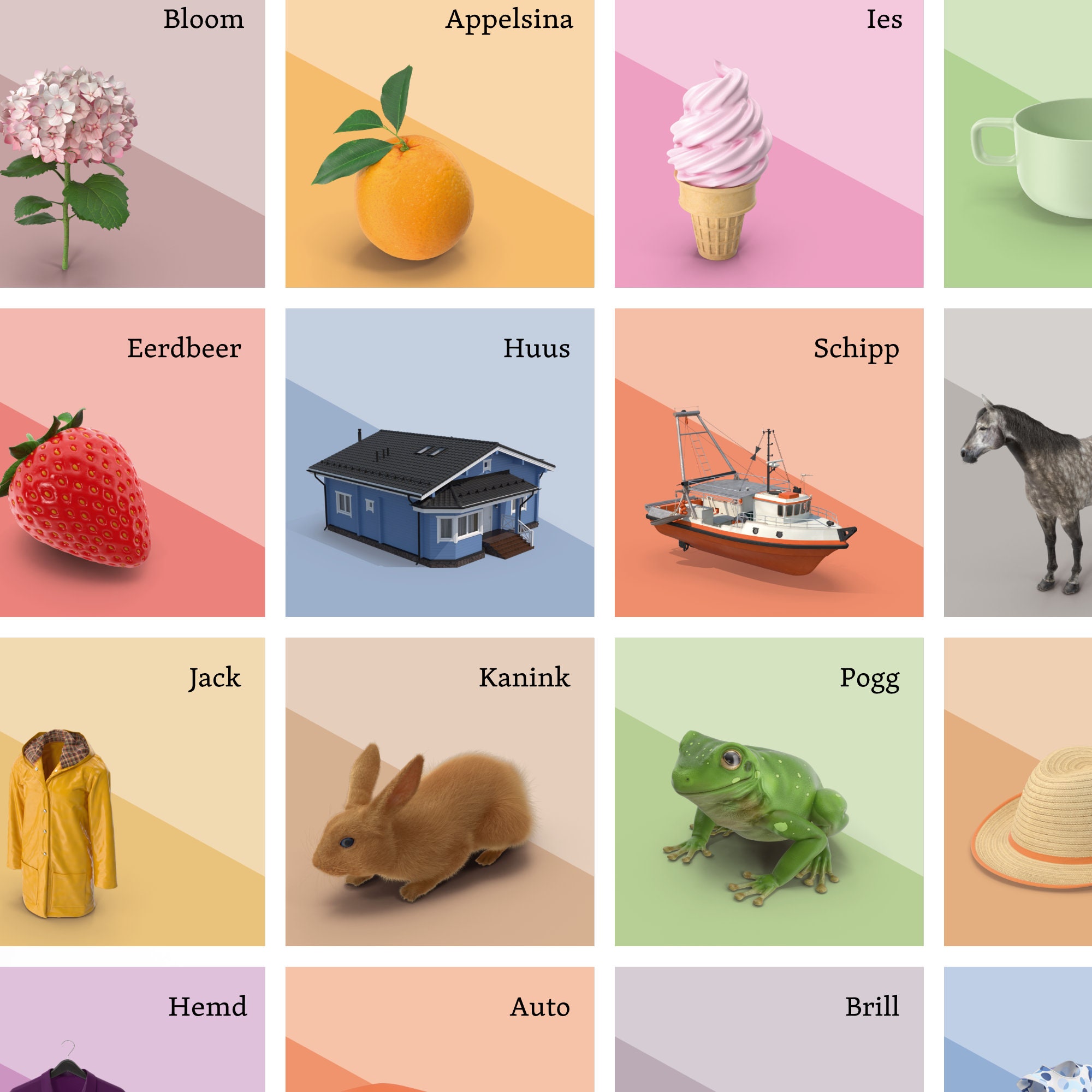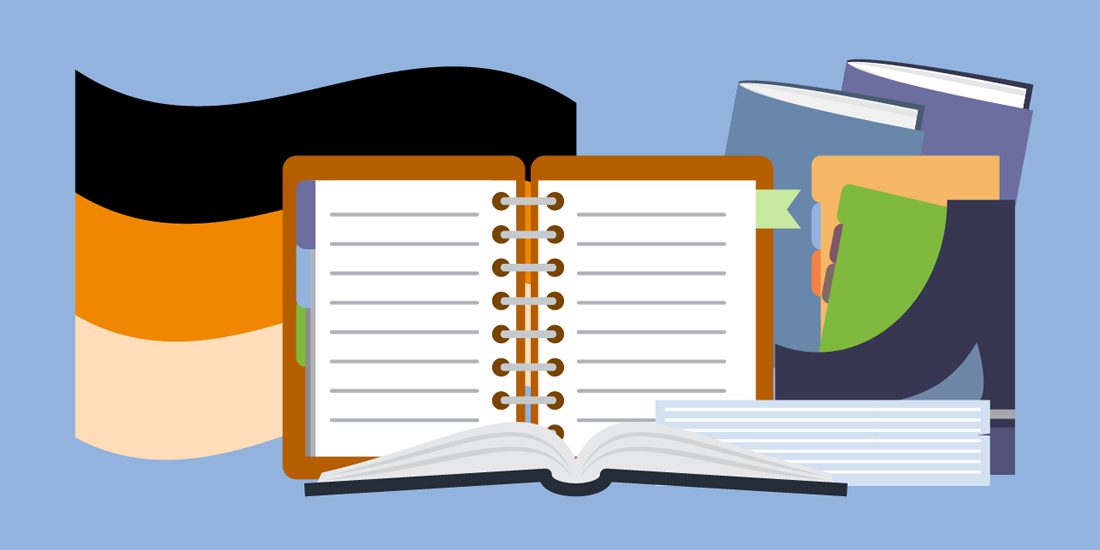

So you’d have ik lehr (I teach), du lehrst, (you teach), he lehrt, sie lehrt, wi lehrt, ji lehrt (he, she, we, you all teach). The -t ending covers the third person, and in some dialects it covers every ending except the first and second. Verbs in Low German aren’t that far off from what you may know in High German. The indefinite article is also quite simple, becoming een for all three genders and shortening to ‘n in spoken Low German. In Low German, masculine and feminine nouns take the article de, and neuter nouns take dat. Here, we’ll use the “German-based spelling” from Lowlands, a magnificent grammar resource for Low German.ĭutch is sometimes said to be easier than German, and this is largely because the complex system of articles and genders (der, die, das, dem, den) is much, much simpler. There’s no “standard” for Low German, but there are a couple of usually agreed-upon spelling conventions when writing it online. Platt is very much related to Dutch, and indeed a Low German speaker and a Dutch speaker would find it very easy to understand one another after a little practice. You’ll often see it referred to as Platt, which sounds an awful lot like “flat” in English. Like all languages around the world, German has a number of dialects and varieties, some with surprisingly few speakers!Īnd yet, most learning materials totally ignore any variation beyond the Standard German or Hochdeutsch taught in schools and spoken on TV.įirst things first, “high” here does not mean “north.” It means “up.” High German is so-called because it comes from the highlands, and Low German therefore comes from the low-lying northwestern regions of Germany. The blue line (Main-Linie) divides Middle German and High German.Most people ignore this little fact, but there isn’t just one German language. The red line (Benrath-Linie) divides Low German and Middle German. German in Germany, Austria and Switzerland. However, your main German learning activities will be centred on standard German. Acquiring some local slang and local dialect style vocabulary is fun and adds excitement to your German learning experience.

It did not develop out of one regional dialect but was artificially created by poets, philosophers and scholars.Īt all our of recommended language schools, you will be taught standard German. Historically and linguistically, standard German is a mixture of Middle German and High German (i.e. These two forms are separated by an isogloss called the Benrath line If judged on linguistic features rather than by national affiliation, there are two major regions of German usage: Middle German and Low German. The relation between the vernacular 'Switzertütsch'įor this reason, the following abstract does not include German as used in Switzerland. Switzerland is a case of its own, with its local dialects of the vernacular 'Switzertütsch' (Swiss German) remaining mostly unintelligible even to Like English, German is a pluricentric language with three main areas of usage: Austria, Germany and Switzerland. With more than 120 million German speakers in 8 countries around the world, it is hardly surprising that the actual usage of the German language varies.

: The German Language and Its Many Forms Where do they speak German?


 0 kommentar(er)
0 kommentar(er)
